Holiday quarter online shopping revenues grew 12 percent over last year in the U.S., despite less promotional discounting. Additionally, 77 percent of orders from mobile devices were made from Apple-branded devices, compared to just 23 percent using Android.
That online shopping data comes from Custora's E-Commerce Pulse, the marketing firm's report on online buyers and shopping trends, including "200+ online retailers, 500 million anonymized shoppers, and $100B in e-commerce revenue."
The 12 percent increase in e-commerce revenues was linked to an 11 percent increase in orders, and a 1.1 percent increase in Average Order Value, " indicating a less promotion-driven holiday season than last year," the company reported.
Marketers found organic search drove 21.5 percent of online sales, while email marketing drove a nearly identical share at 20 percent. Social media advertising from sites like Facebook, Twitter and Pinterest contributed to only 1.8 percent of those sales.
Apple's ability to maintain iOS' oversized representation (compared to its roughly 40 percent U.S. smartphone share) among online shoppers even as the market grew and sales rose reinforces that minority market share of iOS compared to Android is actually more valuable, because it attracts a more affluent and sophisticated demographic of users. Custora noted that desktop shopping from conventional PCs dropped from 75 percent of orders last year to 70 percent this year, while smartphone-based online orders grew from 13 percent to 19 percent
It's also clearly tied to the continuing trend in PC shopping shifting to use their mobile device to do tasks formerly done in a desktop browser.
Custora noted that desktop shopping from conventional PCs dropped from 75 percent of orders last year to 70 percent this year, while smartphone-based online orders grew from 13 percent to 19 percent. Orders placed on a tablet fell slightly, from 12 percent a year ago to 10 percent during the holiday season.
Similar shifts were seen on Black Friday, Cyber Monday and general Holiday shopping, where PC orders fell around five percentage points over the previous year, while tablet sales remained flat or lost a point or two. Shopping on smartphones increased across the board by 5-7 percentage points across the busiest shopping days of the year.
That data correlates with the flat consumer demand for tablets across the board, and appears to reinforce the idea that larger phone screens, like Apple's 5.5 inch iPhone 6 Plus, have taken the place of dedicated tablets for some users. Over the last year, Apple saw its iPad sales decrease as its new large screen iPhones were enthusiastically adopted by users.
It remains to be seen whether larger tablets, like Apple's 12.9 inch iPad Pro, will have a similar cannibalizing effect on conventional notebooks and PCs. So far, while Apple has seen its iPad sales grow from zero to 55 million units per year over the past five years, its sales of Mac notebooks and desktops has also continued to expand, from in 13.7 million in 2010 to more than 20.5 million last year.
In stark contrast, PC makers have seen a continuous string of no-growth quarters as Microsoft introduced new hybrid-tablet oriented versions of Windows that the market largely rejected and maker OEMs including HP and Dell have failed to capitalize on tablet sales while also seeing their PC businesses flatline in competition with iPads.
Microsoft's own foray into PCs with Surface models has so far been a bleak, low volume failure, but industry observers are keenly interested in whether the company has been able to turn things around during the holiday quarter with the introduction of new, albeit very expensive, models.
 Daniel Eran Dilger
Daniel Eran Dilger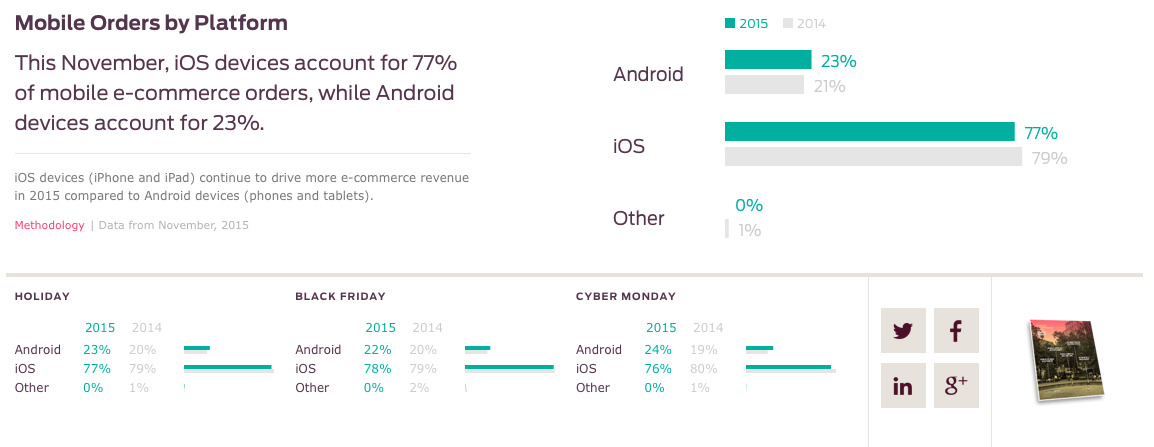



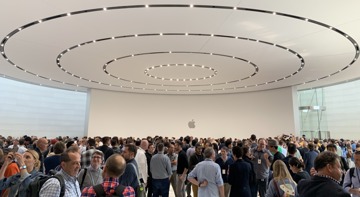
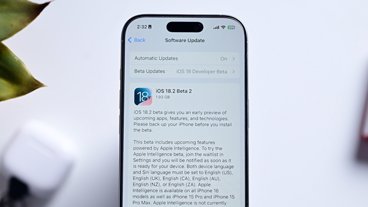
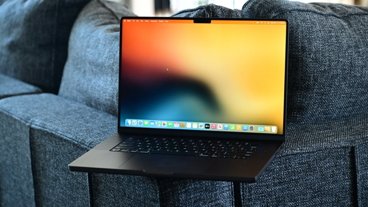
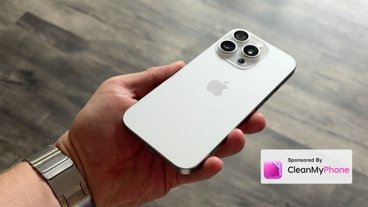
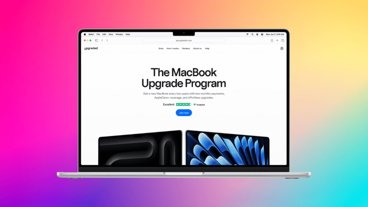





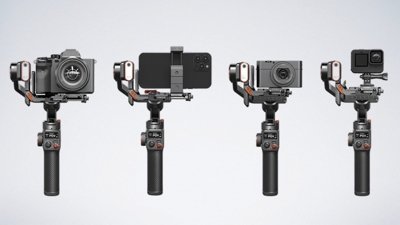
 Charles Martin
Charles Martin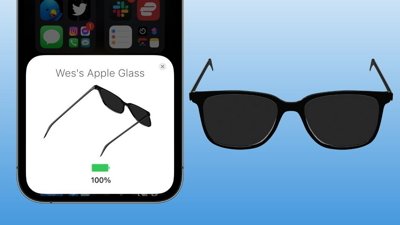
 Marko Zivkovic
Marko Zivkovic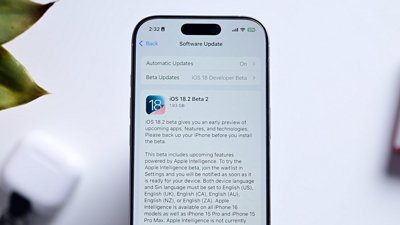
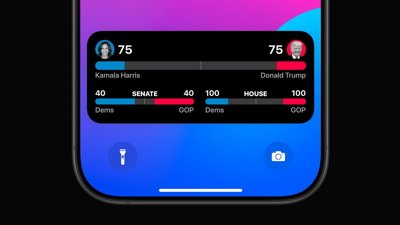
 Wesley Hilliard
Wesley Hilliard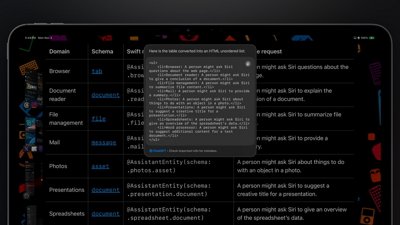
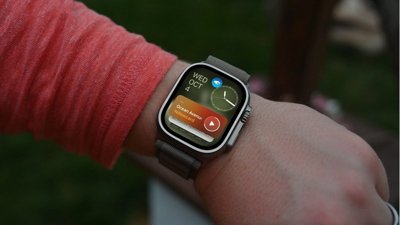
 Andrew Orr
Andrew Orr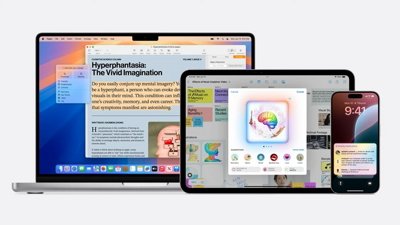
 Malcolm Owen
Malcolm Owen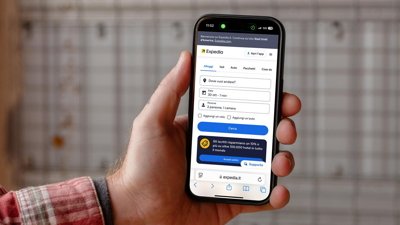
 David Schloss
David Schloss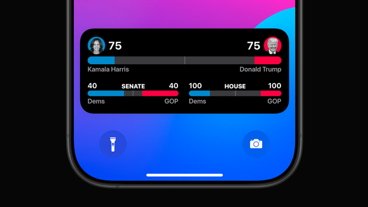
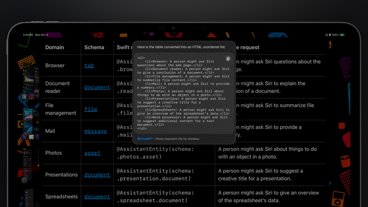
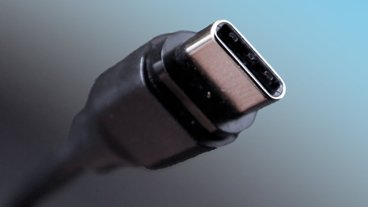
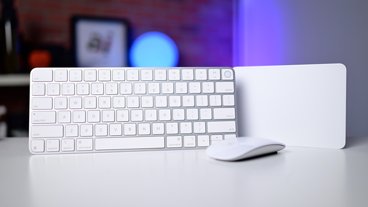
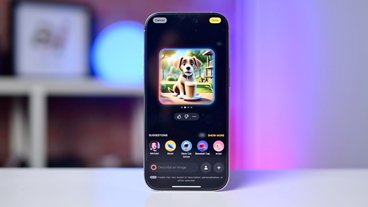
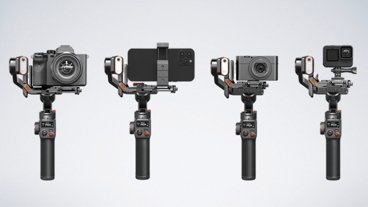
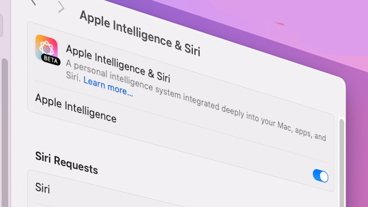

9 Comments
Unfortunately none of this means a damn thing to Wall Street.
I don't think that this is down to the demographics of ownership - I think it likely reflects that many cheaper Android devices, even in the US, are not really used as smart phones.
Well - demographics may play a part too.
In other news,
People who buy knockoff clothing spent less this holiday.